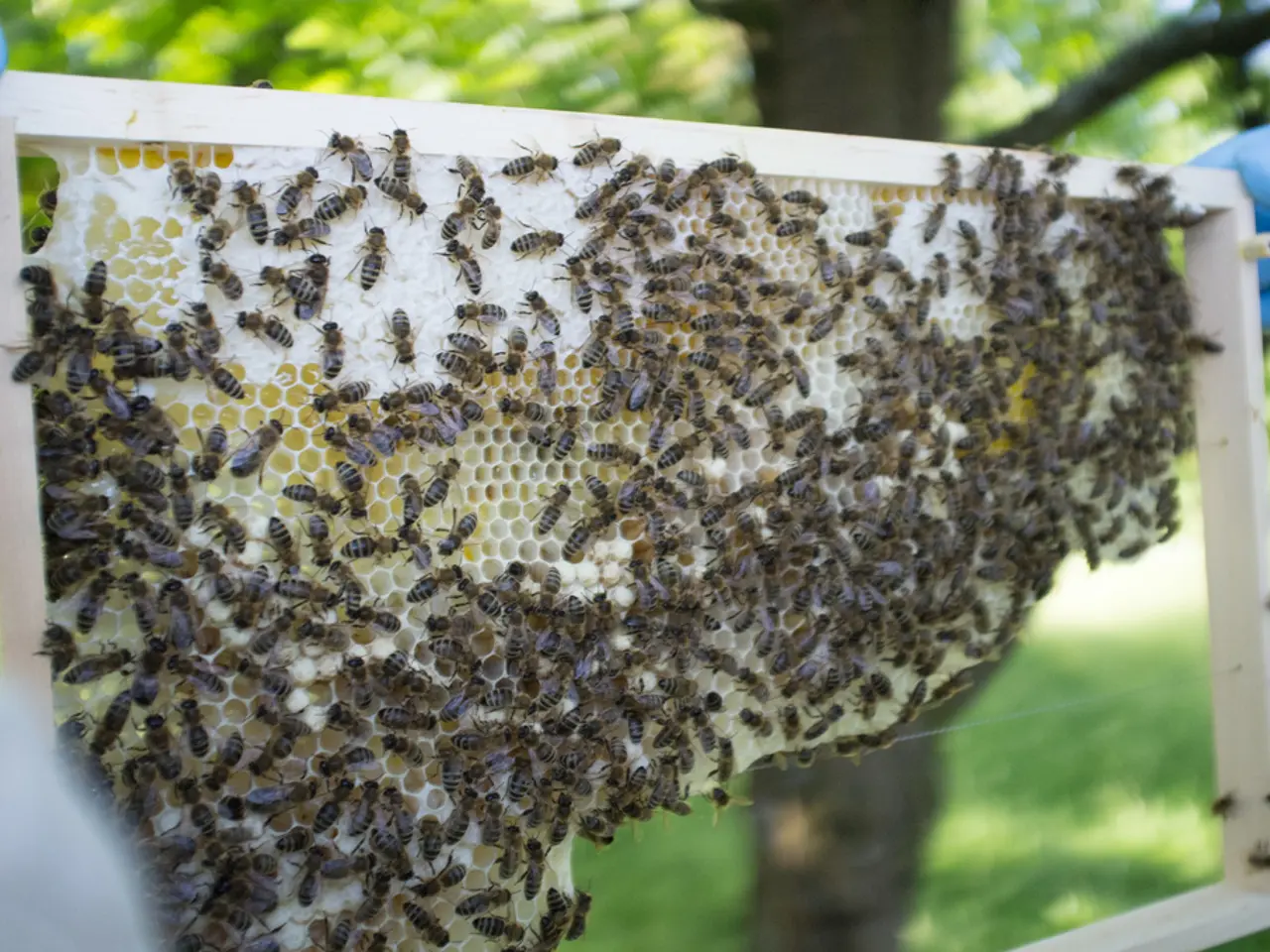Techniques for Subduing Spring Allergy Symptoms
Spring is a season of renewal, but for many, it's also a time of sneezing, itchy eyes, and congested noses. Spring allergies, caused primarily by pollen and drastic temperature swings, can significantly affect quality of life. Here's what you need to know about managing spring allergies, including the impact of climate change and weather patterns on allergy seasons.
Climate change is influencing spring allergies in several ways. Firstly, rising temperatures and higher CO2 levels enhance plant growth, leading to increased pollen production. This results in higher pollen counts, which exacerbate allergy symptoms. Secondly, warmer temperatures and changing weather patterns can extend the duration of pollen seasons, prolonging exposure to allergens and affecting more people. Thirdly, climate change alters the distribution of plants, potentially increasing the presence of highly allergenic species like ragweed in new areas.
Weather patterns also play a significant role in spring allergies. Extreme weather events, such as thunderstorms, can disrupt pollen distribution, leading to sudden increases in pollen counts. This can trigger severe allergic reactions. Increased pollution, often associated with weather patterns influenced by climate change, can irritate respiratory systems, worsening allergy symptoms. Fluctuations in moisture levels can also affect pollen counts. For example, heavy rainfall can temporarily reduce pollen counts by washing pollen away, while dry conditions can increase pollen release.
To combat spring allergies, there are several strategies you can employ. Keeping your home clean, especially your sheets, can help clear out allergens. Showering daily and changing into clean clothes can help remove allergens brought into the home. Using an allergy-reducing HVAC filter and changing it according to the package directions can help minimize spring allergens in your home.
Common symptoms of spring allergies include head congestion, coughing, irritated eyes, sore throat, itchiness, fatigue, and brain fog. If you're experiencing these symptoms, it may be worth discussing your allergies with a healthcare provider. Proper spring allergy medications like antihistamines, steroid nasal sprays, and decongestants can help manage symptoms.
In some places, pollen seasons can overlap, such as tree and grass pollens in spring. It's essential to be aware of the specific pollens that affect your area and take precautions accordingly. For example, closing windows and using air conditioning can help reduce exposure to pollen during spring allergy season.
For those who aren't getting relief from medications or want to reduce their reliance on them, allergy immunotherapy, or allergy shots, may be an option. Some natural remedies for allergies, like raw honey or stinging nettle tea, haven't been proven effective and may not be the best first-line defense against spring allergies. Be cautious with herbal remedies, as people who are allergic to plants may have serious allergic reactions to certain herbal products.
In conclusion, understanding the impact of climate change and weather patterns on spring allergies can help individuals better prepare for and manage these symptoms. By taking preventative measures and seeking medical advice when necessary, it's possible to enjoy the beauty of spring without suffering from allergies.
[1] American College of Allergy, Asthma, and Immunology. (2021). Climate Change and Allergies: What You Need to Know. https://acaai.org/news/climate-change-and-allergies-what-you-need-know [2] National Institute of Environmental Health Sciences. (2021). Climate Change and Health: Pollen Allergies. https://www.niehs.nih.gov/health/topics/conditions/allergies/pollen/index.cfm [3] Asthma and Allergy Foundation of America. (2021). Spring Allergies: Facts and Figures. https://www.aafa.org/spring-allergies-facts-figures/ [4] Environmental Protection Agency. (2021). Climate Change Indicators: Allergens and Allergic Disease. https://www.epa.gov/climate-indicators/climate-change-indicators-allergens-and-allergic-disease [5] World Allergy Organization. (2021). Climate Change and Allergies. https://www.worldallergy.org/education-and-advocacy/position-statements/climate-change-and-allergies/
- The increased pollen production due to rising temperatures and higher CO2 levels caused by climate change can lead to higher pollen counts, worsening spring allergies for many people.
- Warmer temperatures and changing weather patterns, influenced by climate change, can prolong the duration of pollen seasons, exposing more individuals toallergens and intensifying allergy symptoms.
- weather events, such as thunderstorms, which can disperse pollen and trigger severe allergic reactions, are affected by climate change-influenced weather patterns.
- To combat spring allergies, maintaining a clean home, especially changing sheets regularly, taking daily showers, using allergy-reducing HVAC filters, and medicating with appropriate allergy medications are effective strategies.
- Spring allergies can manifest symptoms like head congestion, coughing, irritated eyes, sore throat, itchiness, fatigue, and brain fog, necessitating addressing them with a healthcare provider.
- In certain locations, pollen seasons may overlap, such as tree and grass pollens in spring, necessitating awareness of specific pollens affecting the area and taking appropriate precautions to reduce exposure to allergens.




